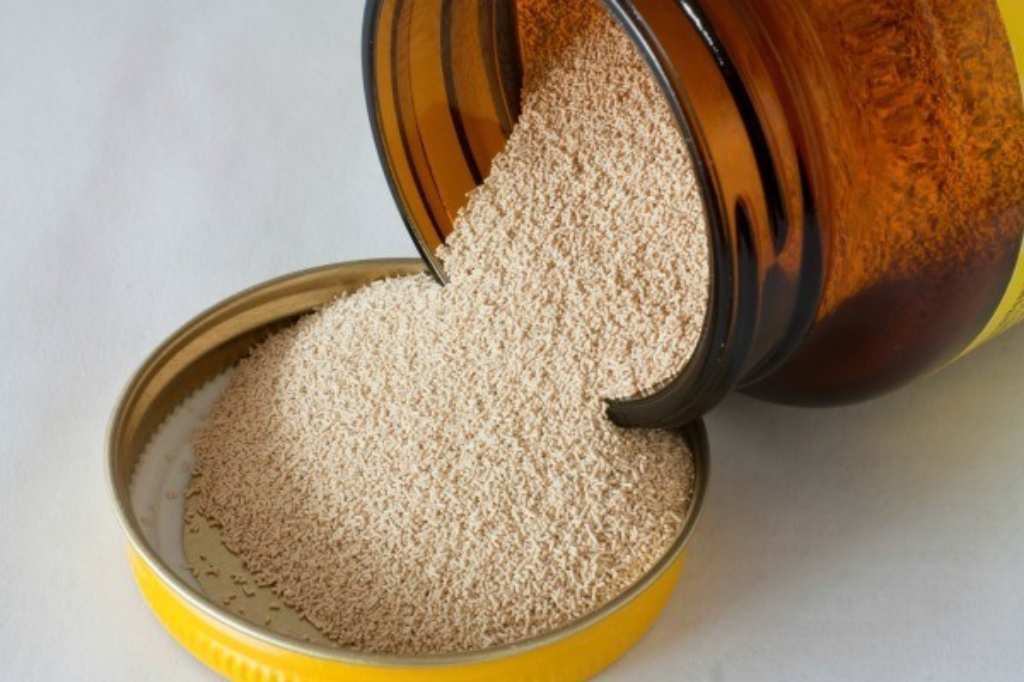Interested in Onsite Systems?
Get Onsite Systems articles, news and videos right in your inbox! Sign up now.
Onsite Systems + Get AlertsWhat is yeast? Yeast are actually single-celled fungi, so they are similar to edible mushrooms, common baker’s yeast to leaven bread, and molds that ripen blue cheese. Yeast is used to ferment chocolate and alcohol including sprits, beer, and wine and to produce antibiotics for medical and veterinary use. For most of these applications, a specific strain of yeast is identified that excels at breaking down the specific sugar.
When human excrement is added into a septic tank, there are hundreds if not thousands of different types of microorganisms numbering in the millions or even billions. These microbes had previously developed in a primarily anaerobic environment (our intestinal system). Many types of microorganisms can be found in waste. Bacteria are the most common, but there are also fungi, protozoa, rotifers and nematodes present naturally. The type of microorganisms that will thrive in septic tank depends on the environment and food source. Generally speaking, the microorganisms needed for wastewater treatment in the septic tank are already present in our waste. Adding microbes in the form of dried yeast is like dropping a teaspoonful of salt in the ocean to make it saltier.
Yeast will not produce bacteria, as some people believe, but do break down starches. The real question is will the yeast really thrive if there are hungry bacteria as well. In addition, starches make up only a small percentage of the waste in a septic tank.
In general, you will have a microbial community that can be supported by the food source and the environment and if you add yeast or other microorganisms it may try to compete with those there naturally. The natural bacteria have the home-field advantage and newly added organisms cannot compete and become a food source for the natural organisms.
Never a replacement for maintenance
There are anecdotal stories of yeast usage resulting in little sludge and scum production. Yeast will not eat fats and oils or soaps in a scum layer. Some of the solids in the tank are sand, grit, bits of plastic and similar materials. No yeast, enzyme or bacteria can digest these. Even some organic solids cannot be broken down in the tank. Hence, they accumulate and need to be removed. In summary, yeast is likely not harmful to a septic system, but we have no research-based information to indicate that is a useful practice to add into a septic tank.
About the author: Sara Heger, Ph.D., is an engineer, researcher and instructor in the Onsite Sewage Treatment Program in the Water Resources Center at the University of Minnesota. She presents at many local and national training events regarding the design, installation, and management of septic systems and related research. Heger is education chair of the Minnesota Onsite Wastewater Association and the National Onsite Wastewater Recycling Association, and she serves on the NSF International Committee on Wastewater Treatment Systems. Ask Heger questions about septic system maintenance and operation by sending an email to kim.peterson@colepublishing.com.







